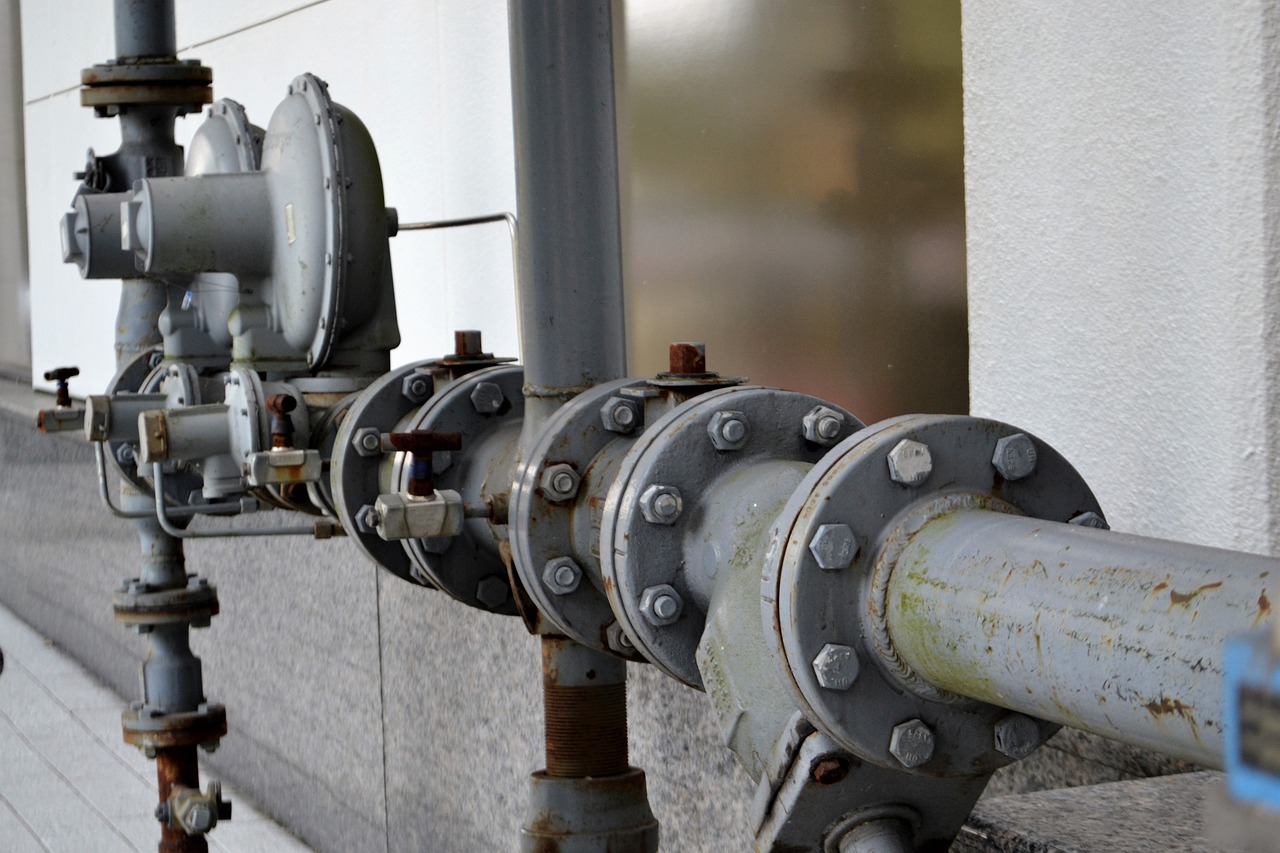Technology meets pipes, and the result is the ability to create pipe repairs without always having to dig up those pipes. As technology changes and we learn new methods, we’re always looking for ways to improve the customer experience.
The worst thing is when you need a pipe repair, but the pipes have to be dug up. It’s a huge disruption to your home and your property! Things may never be the same in your lawn again after that.
This is where CIPP comes in. Thanks to CIPP technology, we can make pipe repairs using a special lining rather than digging up the ground.
What is CIPP?
CIPP stands for ‘cured in place pipe.’ The method uses a special lining and an advanced camera. There is also UV CIPP, which uses an LED light to make the repairs. Both processes require the lining; they are just handled slightly differently from there.
Traditional CIPP uses that special liner and inserts it into the pipe. Think of it almost like a fabric patch that’s specially made for pipes. The liner doesn’t have seams and it is flexible enough to adapt to any connections or curves that a pipe might have.
With traditional CIPP, the liner has resin on it that will adhere automatically when it is placed. When the resin is exposed, it has a set amount of time that is required to dry. As it dries, it also adheres and a patch or repair forms on the pipe in question. The seal happens from inside of the pipe, so no digging is required in any way.
The CIPP Process
There are several small steps in the process. The pipe repair specialists will need to work quickly to make sure everything adheres as it should. However, that’s not usually a problem because the solution is quick and simple.
The process generally involves:
- Inspection with a video camera
- Inserting CIPP
- Allowing CIPP to dry and adhere
- Final inspection of CIPP
Here is a closer look at each step.
Video Camera
The first step is to insert a video camera into the pipe and complete a thorough inspection. This is typically inserted into an outdoor access point, depending on the pipe and the area of issue. The camera is used to determine just where the damage is. It’s a simple way to visualize the issue without digging down to the pipe.
Once the video camera finds the problem area, we can work with you to determine if CIPP is the best solution and create a plan of action.
Applying CIPP
Next, the CIPP is inserted into the pipe using specialized equipment. Again, some sort of access point will be used for the insertion of the CIPP liner. The CIPP is strategically placed just like a patch. The goal is to fix the issue completely with this liner.
The liner is placed where it needs to be so the patch runs along any necessary break or crack. Once it is placed, it can adhere.
Dry and Adhere
Once the CIPP is in place, it needs time to cure. It cures in place on the pipe, so no water should run through the pipe until the curing process is complete. The good news is that drying and adhesion only take about 12 hours.
This is where UV CIPP can come in handy. We can use an LED light to help improve the drying time and cut it down to just a few hours total rather than half a day. The adhering process is what seals the liner to the area and creates the patch.
That dried liner will create a long-lasting fix for your pipes.
Closing Inspection
Finally, we finish with an inspection after the pipe and CIPP have cured. This allows us to double-check our work and make sure the liner truly did fix the issue. We will use a video camera to thoroughly inspect the area and make sure everything is in order for you.
UV CIPP vs. Traditional CIPP
What’s the difference in our traditional approach to CIPP versus the use of UV CIPP? The main difference is the addition of an LED light to speed up the liner’s curing time.
UV CIPP still follows the primary steps of traditional CIPP, but it adds a specialized LED light to help your line to cure and adhere faster than allowing it to cure manually.
If you thought half a day was almost no downtime, the ability to shorten that further with UV CIPP is even more impressive.
UV CIPP is also slightly safer overall, thanks to the automation of the process.
Use Advanced Pipe Repair for CIPP Repairs
If you have a pipe that needs to be repaired, skip the digging. Give us a call at Advanced Pipe Repair. We can start with an inspection and then work from there to choose the best solution to get your pipe repaired and back in use.

